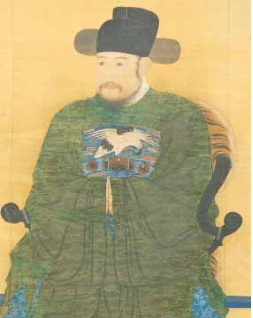Cultural heritage in Goyang
five-thousand years history
Current story of Goyang
2017-03-20
Three major sieges during the Japanese invasion, Seige of Hangju


On July, 592 (25th year of Sunjo), the general Yul Kwon conquered the Japanese troop led by Kobayaki at Ichi in Geumsan-gun and became the governor of Jeolla-do. Afterwards, he joined army from Ming Dynasty conquering Japanese soldiers at Dokwan Fortrress in Suwon while going to recapture Seoul. In February, 1593, he moved his turf to the Hangju Fortress about 7km away to the west of Seoul. In this place, total size of the turf was about 3000 soldiers as Uiseong troop led by Chuyoung joined to the army of the general Yul Kwon. They were armed with freight car that was made by Ijung Byun and 水車石砲 other than arrows, knives, and spear and prepared for the battle by holding the pocket with ashes. Japanese soldiers were led in division by Goshini, Ishida, Guroda, and Yoshigawa in seven troops for the total size of 20 thousand soldiers under the control of general Ukita surrounding and attacking the fortress in the morning on February 12, 1593. Soldiers and Uiseong troops in the fortress used freight cars, 水車石砲, Jincheonroi, and narrow gun to fight back, and the general Yul Kwon provided water to soldiers for promoting their spirit. After they ran out of arrows, they threw pockets with ashes and stones, and all the men and women from the fortress or private sectors participated in the battle. Even housewives cut their skirts in short moving stones to catapult and helping soldiers.
At that time, Gyeonggi governor Bin Lee and Chungcheong governor Gul Chung brought arrows going across Han River and attemping to attack the back areas of Japanese soldiers. Severely damaged Japanese soldiers started running away by burning the bodies around. Soldies from the fortress chased after running Japanese soldiers killing 130 of them and damaging generals such as Ukita, Yoshida, and Yoshigawa while acquiring many of the war supplies such as armor, spear, and knives.
This is the one of the famous battles during the Japanese invasion, the Siege of Hangju.